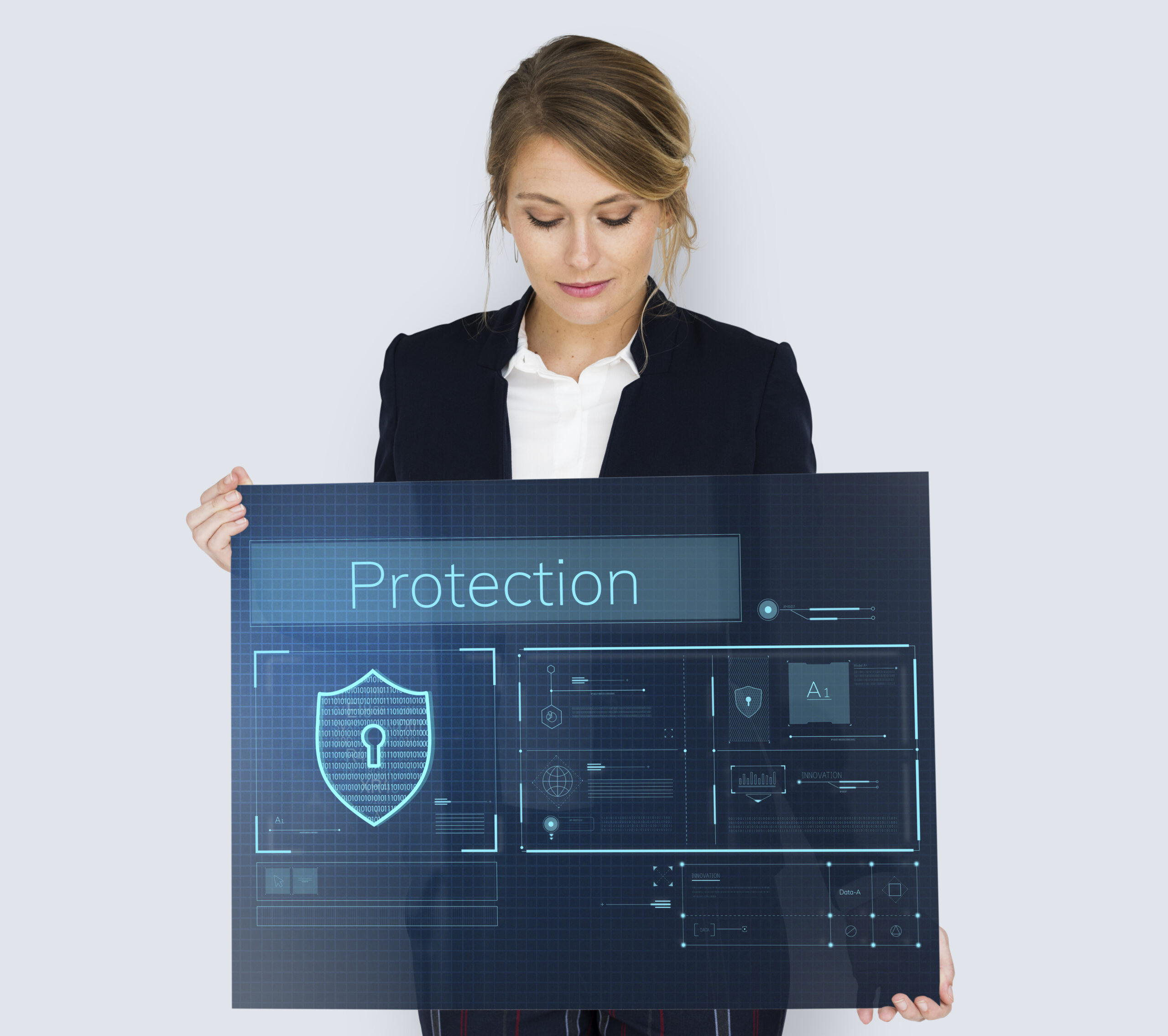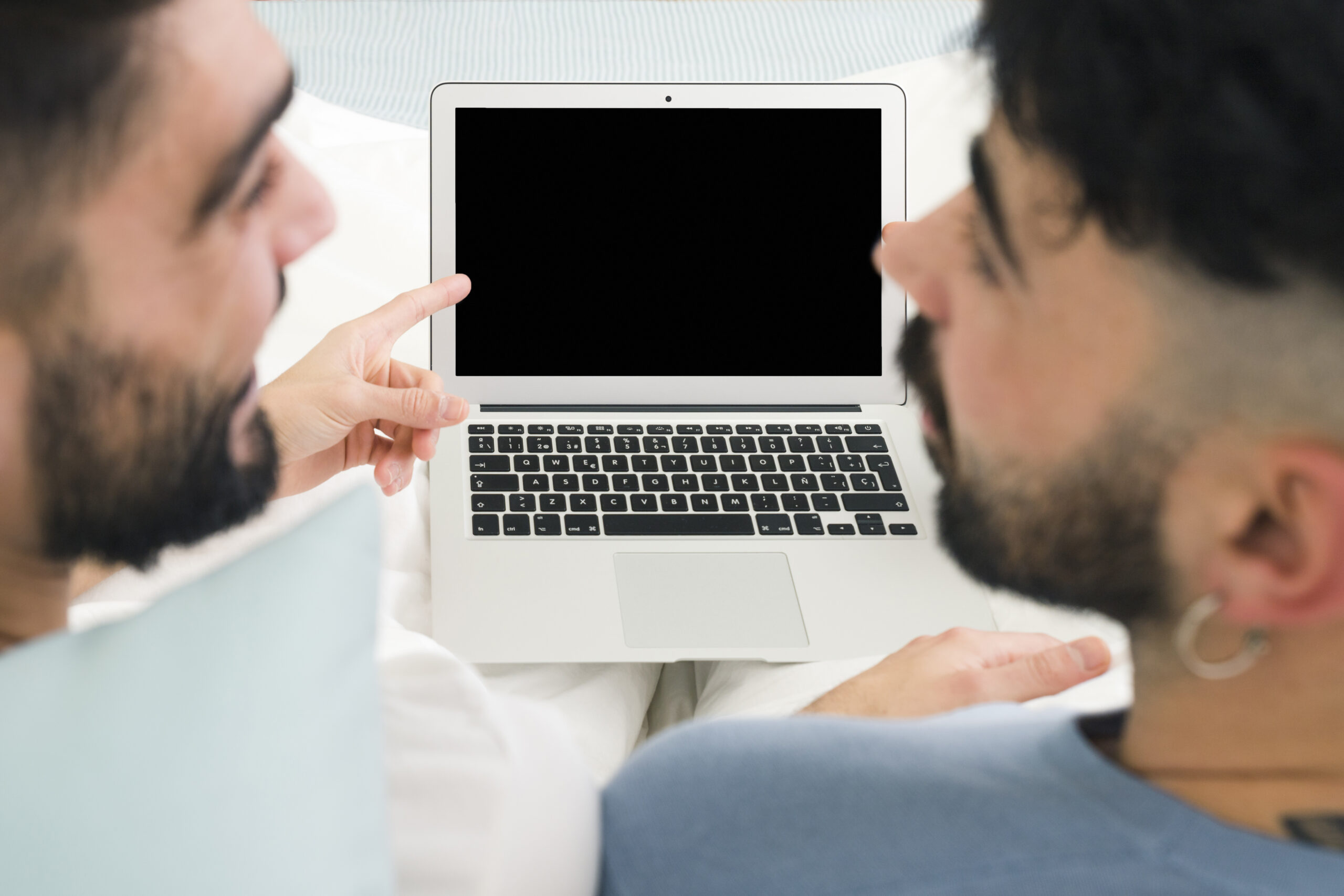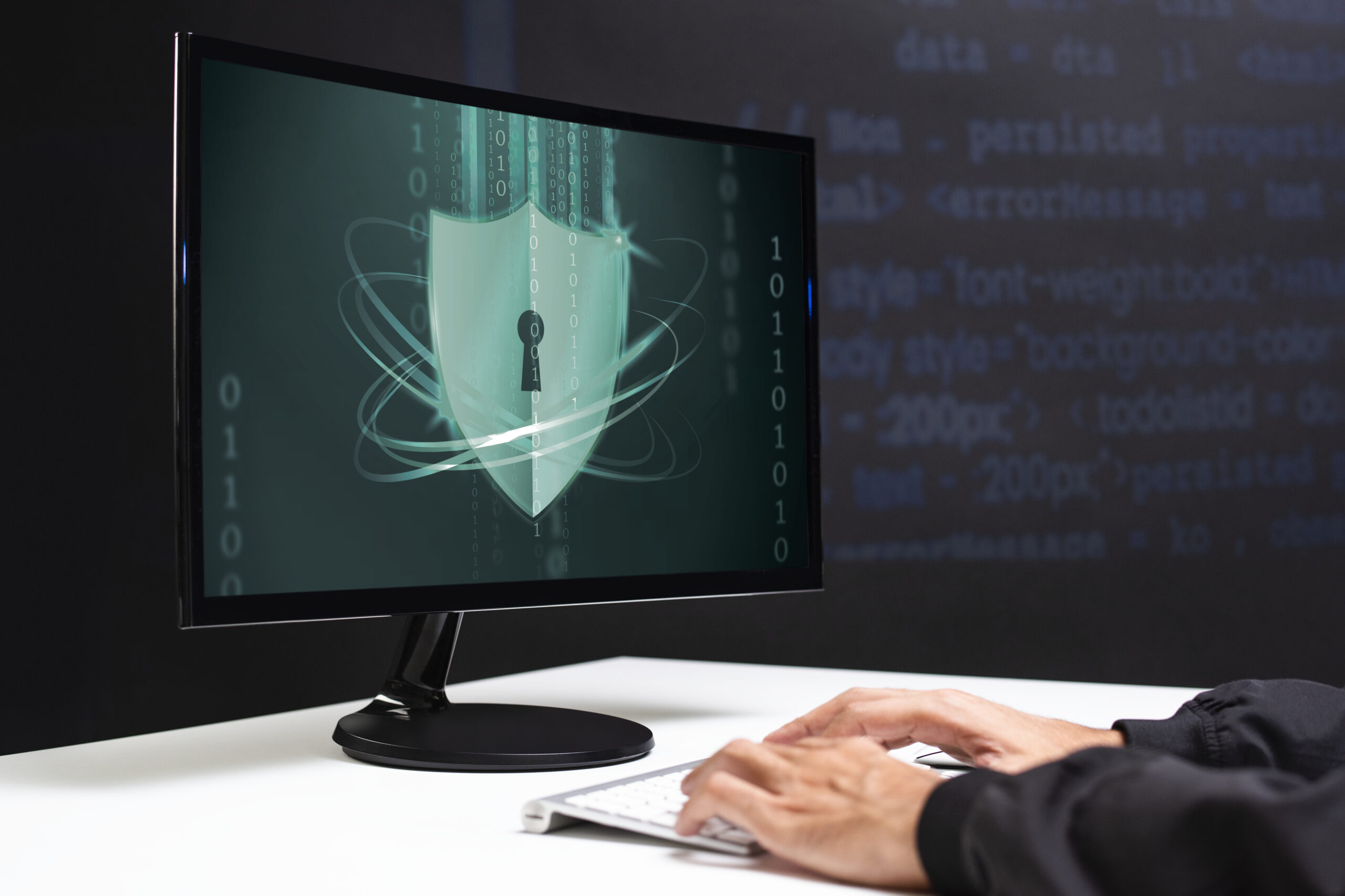Picture this: It’s 2 AM. You’re binge-watching cat videos when—BAM!—your screen flashes red. A skull-and-crossbones pops up. “All your files are encrypted. Pay $1,000 in Bitcoin or lose everything.”
Your stomach drops.
Turns out, your cousin sent you a “funny game” link last week, and you clicked it without thinking. Big mistake.
The scary truth? Cyberattacks don’t just happen to “other people.” They happen to you—when you least expect it.
But here’s the good news: You don’t need to be a cybersecurity expert to stay safe. In fact, with a few simple habits, you can secure your computer excntech—without turning into that paranoid friend who thinks the NSA is watching through their webcam.
Let’s dive in.
1. Start With the Basics: The “Lock Your Front Door” Approach
You wouldn’t leave your house unlocked, right? Same goes for your computer.
Update Everything (Yes, Even That One Program You Ignore)
Hackers love outdated software. It’s like leaving a window open with a sign that says, “Come on in!”
- Why? Updates patch security holes. No updates = easy target.
- How?
- Windows: Go to Settings > Update & Security > Check for Updates
- Mac: Apple Menu > System Preferences > Software Update
- Browsers (Chrome, Firefox, Edge): Enable auto-updates
- Random old apps: Uninstall them (looking at you, Java from 2015).
Pro Tip: Set updates to auto-install. Future-you will thank past-you.
Install a Reliable Antivirus (No, Windows Defender Isn’t Always Enough)
Think of antivirus like a guard dog. Windows Defender is a Chihuahua—better than nothing, but you might want a German Shepherd too.
- Free options: Avast, Bitdefender, Malwarebytes (great for scans)
- Paid (worth it): Norton, Kaspersky (extra features like VPNs)
- Avoid: Those sketchy “YOUR COMPUTER HAS 99 VIRUSES” pop-ups. They’re the virus.
2. Password Hygiene: Stop Using “Fluffy123”
If your password is your pet’s name + your birth year, hackers crack it in seconds.
How to Create (and Remember) Strong Passwords
- Use a passphrase: “CorrectHorseBatteryStaple” is stronger than “P@ssw0rd1”
- Try a password manager: LastPass, Bitwarden (stores all your passwords securely)
- Enable 2FA (Two-Factor Auth): Even if hackers get your password, they can’t get past the “text me a code” step.
Fun Fact: The most hacked password in 2024? “123456.” Don’t be that person.
3. Beware of Digital Wolves in Sheep’s Clothing
Phishing scams don’t always look like “Nigerian prince” emails. Sometimes they look like:
- “Your Amazon order failed—click here!” (Fake)
- “Your boss sent you a file—open it!” (Malware)
- “You won an iPhone!” (Spoiler: You didn’t.)
How to Spot (and Avoid) Scams
- Check sender emails: Is it really from support@amazon.com or amaz0n-support@scam.ru?
- Hover before clicking: Does the link actually go to PayPal or *paypa1-hack.com*?
- When in doubt, Google it: Scammers reuse the same tricks—someone’s probably posted about it.
Real-Life Story: My aunt almost lost $500 because a “Netflix” email said her account was frozen. Always double-check.
4. Backup Like Your Digital Life Depends on It (Because It Does)
Ransomware doesn’t care if your entire photo album is on your laptop. Backups are your undo button.
The 3-2-1 Backup Rule
- 3 copies (One on your computer, one external, one cloud)
- 2 different formats (External hard drive + cloud like Google Drive or Backblaze)
- 1 off-site backup (So if your house burns down, your data doesn’t.)
Pro Tip: Schedule automatic backups. You’ll forget until you desperately need them.
5. Extra Security for the Cautious (But Not Paranoid)
Want to go further without becoming “that person” who covers their webcam with duct tape?
Use a VPN on Public Wi-Fi
- Why? Coffee shop Wi-Fi = hacker playground.
- Best free options: ProtonVPN, Windscribe (limited data)
Enable Firewall (It’s Like a Bouncer for Your Data)
- Windows: Settings > Update & Security > Windows Security > Firewall
- Mac: System Preferences > Security & Privacy > Firewall
Final Thoughts:
You don’t need to live in a bunker to stay safe. Just follow these simple, non-scary steps to secure your computer excntech:
Update regularly (Stop ignoring those notifications!)
Use strong passwords + 2FA (No more “Fluffy123”)
Be skeptical of shady emails (If it seems too good to be true, it is.)
Backup like your files are gold (Because they are.)
Do this, and you’ll be safer than 90% of people—without turning into “that guy” who thinks the FBI is watching through his webcam.
FAQs: Quick Answers to Your Security Questions
How do I make sure my computer is secure?
Follow the basics: Keep software updated, use strong passwords, enable 2FA, install antivirus, and backup regularly.
How will you secure workstation computers?
For workstations, enforce company-wide password policies, restrict admin access, use endpoint protection, and train employees on phishing.
How do I put security on my computer?
- Install antivirus & firewall
- Enable automatic updates
- Use strong, unique passwords
- Avoid sketchy downloads/emails
How do I get security for my computer?
Most security tools are free or affordable (like Bitdefender, LastPass, or built-in Windows/Mac features). Start with the basics and level up as needed.



